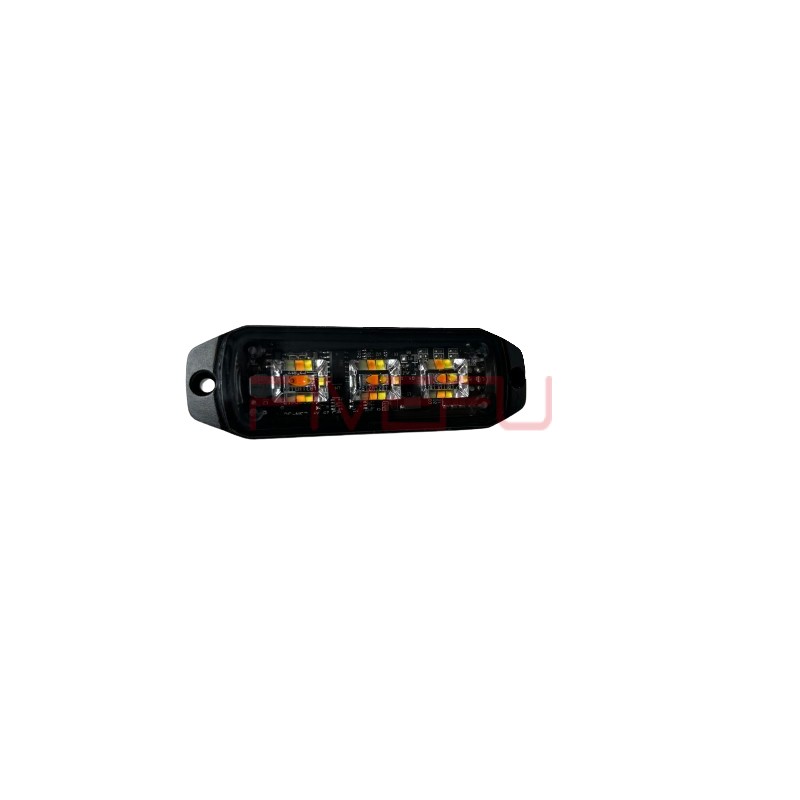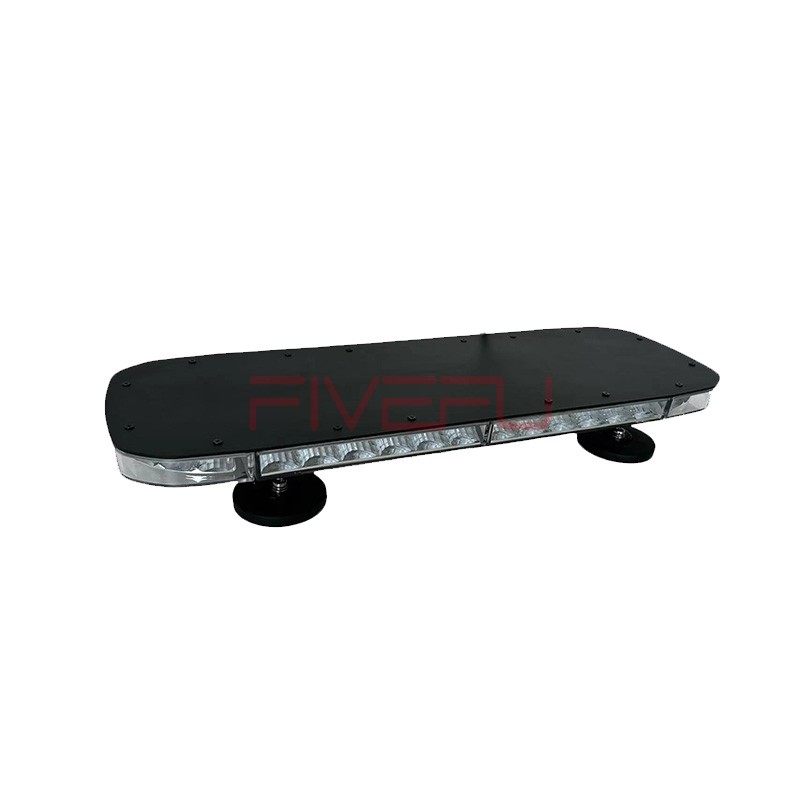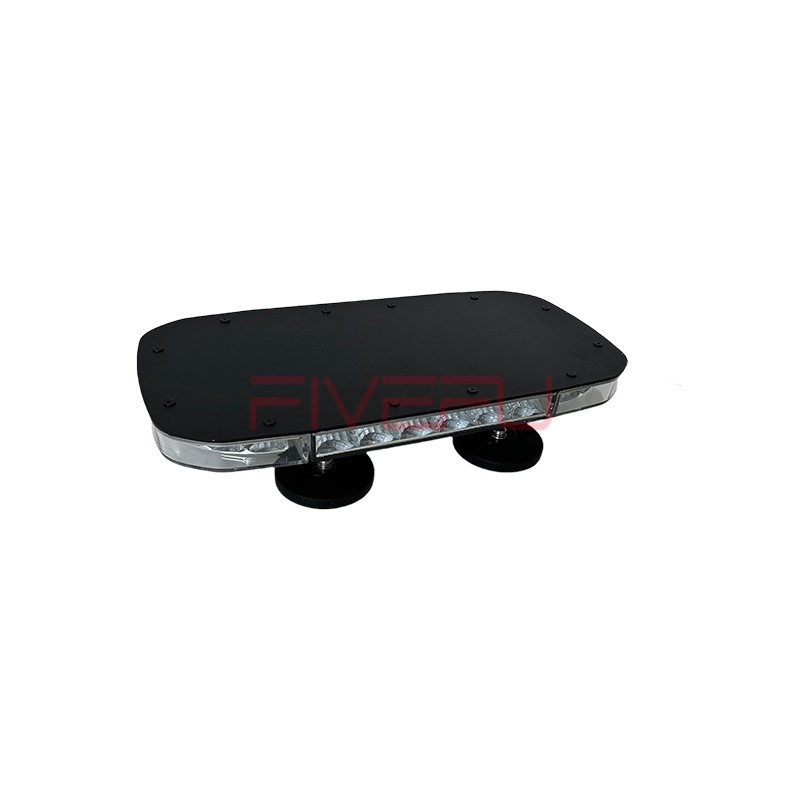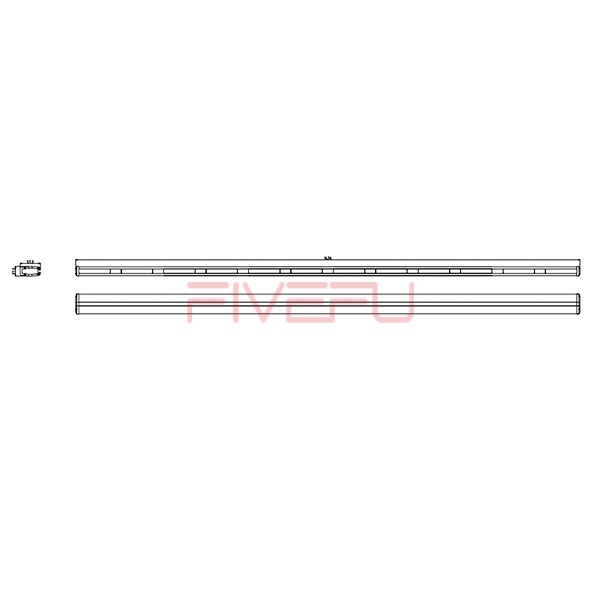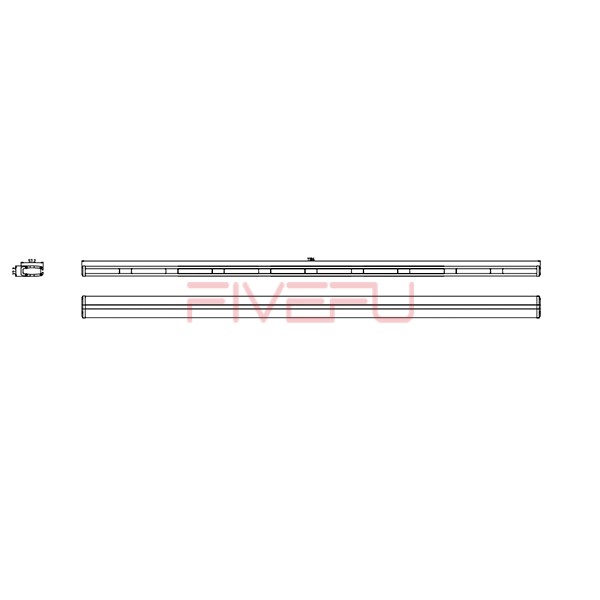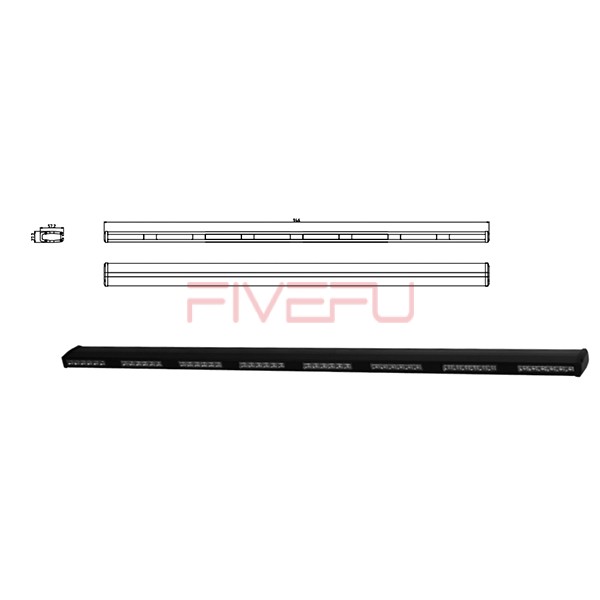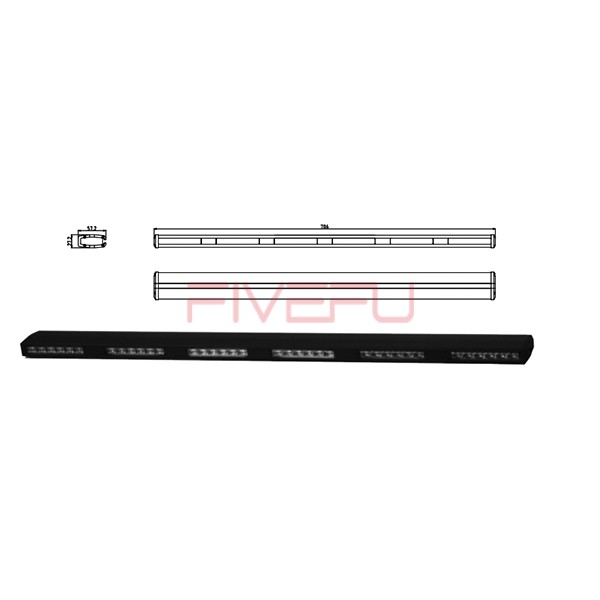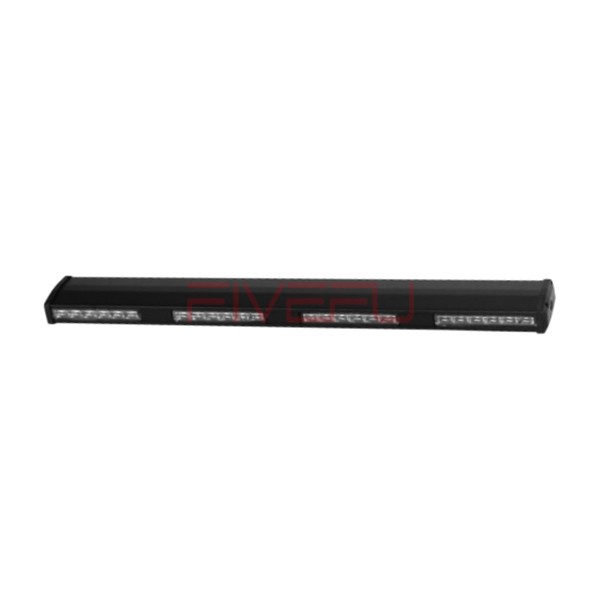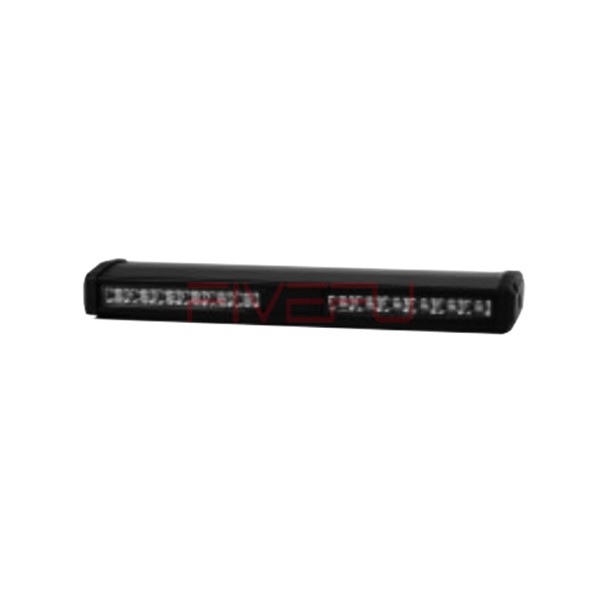Modern law enforcement depends on reliable light bars, yet frequent breakdowns create safety risks and costly downtime. Choosing high-quality, durable bars prevents accidents and replacement losses.
Police car light bars typically last 4–6 years, depending on usage, build quality, and maintenance. LED bars offer longer lifespans compared to halogen models, reducing overall costs and ensuring consistent emergency visibility.
Understanding durability factors helps you make informed choices for long-term value. Keep reading for insights on lifespan, maintenance, and cost efficiency.
What Determines the Lifespan of Police Car Light Bars?
Several factors influence how long police car light bars last. The most important include technology type, daily usage, weather conditions, and maintenance. LED light bars dominate modern fleets because they last significantly longer than halogen or strobe lights. Halogen models may burn out within two years due to filament wear, while LEDs can function well past five years with minimal degradation.
Daily usage is also critical. Patrol cars that remain active for long shifts expose light bars to continuous heat, vibration, and electrical stress, reducing longevity. In contrast, vehicles used primarily for administrative purposes may see light bars last the full six years or more.
Weather exposure is another major factor. Departments in regions with heavy snow, extreme heat, or salty coastal air often face faster degradation from moisture ingress, UV damage, or corrosion. Quality sealing and IP-rated weatherproofing extend service life significantly.
Finally, maintenance routines matter. Regular inspections, lens cleaning, wiring checks, and timely repairs prevent small issues from causing premature failure. Departments with preventive maintenance programs consistently report longer service life for their equipment.
How Do LED Light Bars Compare to Halogen?
LED light bars have become the standard due to their efficiency and durability. Unlike halogen bulbs that rely on filaments, LEDs use solid-state diodes that resist shock and vibration. This makes them ideal for police operations involving high-speed chases, bumpy roads, and harsh conditions.
Halogen bars typically require bulb replacements every few years, adding recurring costs. LEDs, however, can operate 50,000 hours or more—translating to years of dependable performance. Additionally, LEDs consume less energy, reducing the electrical load on patrol vehicles. Lower power consumption not only prolongs vehicle battery life but also allows officers to run more auxiliary equipment without overtaxing the system.
Visibility is another area where LEDs excel. They produce brighter, crisper light patterns that remain effective during daytime, nighttime, and adverse weather. Halogen lights, by contrast, may appear dimmer with age, creating safety risks during emergency response. Although LED bars have higher upfront costs, their extended lifespan and lower maintenance needs make them more cost-effective in the long run.
What Maintenance Practices Extend Their Lifespan?
Routine maintenance plays a decisive role in how long light bars last. Departments that implement scheduled inspections enjoy fewer failures and longer service life. Basic tasks include cleaning the light lenses to prevent dirt buildup, checking for moisture intrusion, and inspecting wiring connections.
Proper installation is equally vital. Incorrect mounting can cause unnecessary vibration or stress on the housing, leading to early failure. Using manufacturer-recommended brackets and ensuring secure wiring prevents issues caused by movement and weather exposure.
Environmental protection should not be overlooked. Officers working in regions with frequent rain, snow, or salt exposure must verify seals and gaskets regularly. Rust inhibitors and protective coatings further extend component life. Additionally, replacing worn parts, like cracked lenses or corroded connectors, helps avoid larger system breakdowns.
A culture of accountability enhances results. When officers are trained to recognize early warning signs—like dimming, flickering, or water condensation—they can report issues before catastrophic failure occurs. Such preventive care ensures consistent safety for both officers and the public.
How Do Replacement Costs Impact Police Budgets?
Replacing light bars is a significant expense for police departments. A high-quality LED bar may cost hundreds to thousands of dollars, depending on size and features. Factoring in labor for installation, the total expense per vehicle can add up quickly.
Departments that rely on halogen bars often find themselves replacing units more frequently, leading to recurring costs. By contrast, investing in LED bars, despite higher upfront pricing, reduces replacement frequency and lowers long-term costs. Many municipalities perform cost-benefit analyses and conclude that LED technology delivers the best value over time.
Grants and government procurement programs sometimes offset these expenses, enabling smaller departments to transition to longer-lasting equipment. Bulk purchasing also helps secure better pricing. Ultimately, understanding the balance between upfront investment and lifecycle savings is crucial for budget planning.
Conclusion
Police car light bars typically last 4–6 years, but quality, technology, and maintenance can greatly extend their service life.
